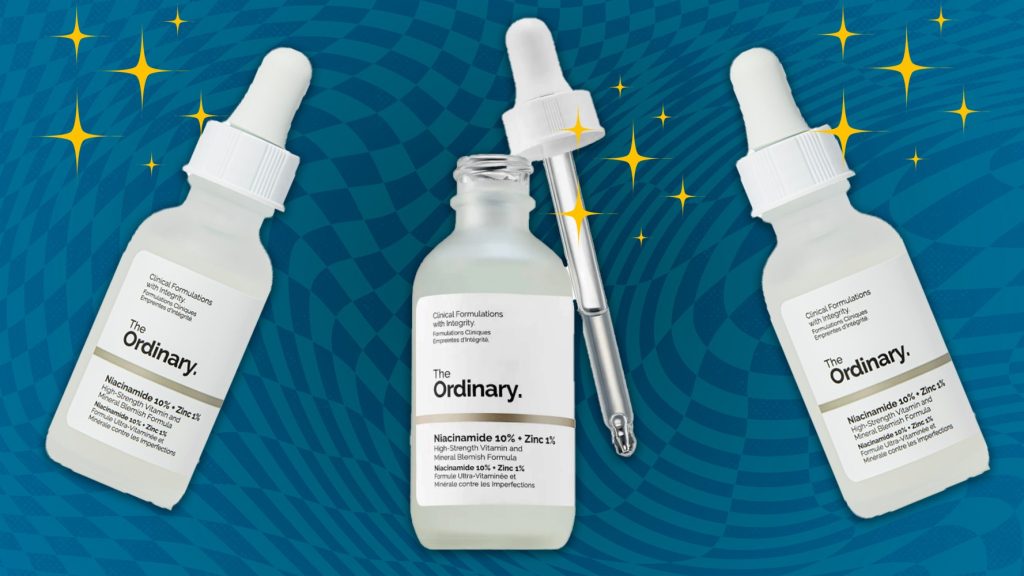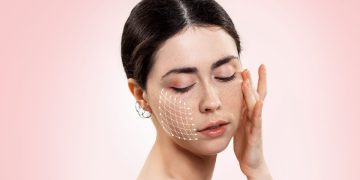In today’s beauty market, consumers are bombarded with a dizzying array of skincare products, each promising transformative results. From “all-natural” serums to “clinically proven” moisturizers, labels are crafted to appeal to both science-minded buyers and lifestyle-conscious shoppers. Yet behind every marketing claim lies a complex set of ingredients, regulations, and industry practices that are often opaque. Understanding what these labels truly mean is critical for making informed choices, avoiding skin irritation, and achieving effective results. This article explores how to decode skincare labels, recognize marketing traps, and spot greenwashing, empowering consumers with practical knowledge.
1. Understanding Skincare Labels: The Basics
Skincare labels serve both regulatory and marketing functions. They must provide essential information while also persuading potential buyers. Key elements include:
- Product Name and Claims: Terms like “anti-aging,” “hydrating,” or “brightening” are largely unregulated descriptors. While they suggest benefits, the actual efficacy depends on active ingredient concentrations and formulation stability.
- Function Category: Labels often indicate whether a product is a cleanser, serum, moisturizer, sunscreen, or exfoliant. This categorization informs intended usage and potential layering with other products.
- Net Weight/Volume: Indicates how much product is contained, which is useful for cost-per-use calculations.
While these basics are straightforward, the real complexity emerges in the ingredients list.
2. INCI Lists: Decoding What’s Inside
The International Nomenclature of Cosmetic Ingredients (INCI) provides standardized naming for all skincare components. While designed to ensure transparency, INCI names can be confusing:
- Chemical Names vs. Common Names: For example, “Aqua” is simply water, while “Sodium Laureth Sulfate” is a surfactant. Understanding these terms helps avoid unnecessary alarm over unfamiliar chemical names.
- Order of Ingredients: Ingredients are listed by concentration, from highest to lowest. Actives present at less than 1% may appear at the end, making their effect less significant than the label might suggest.
- Active vs. Inactive Components: Actives (e.g., retinol, vitamin C, hyaluronic acid) provide targeted benefits, whereas inactive ingredients (emollients, preservatives, fragrances) support stability, texture, and preservation.
Learning to read INCI lists allows consumers to separate marketing promises from the actual potential of the product.
3. Marketing Traps: When Labels Mislead
Skincare brands often use persuasive language or suggestive packaging to imply results that may not be backed by science:
- Buzzwords: Terms like “dermatologist-tested” or “clinically proven” can be used loosely. Without access to the specific study or clinical protocol, the claims are largely promotional.
- Highlighting Minor Actives: A product may advertise “Vitamin C brightening” even if the concentration is too low to be effective. This is known as “ingredient spotlighting.”
- Sensory Overload: Packaging and fragrance can influence perceived efficacy. Consumers may feel a product works because it smells fresh or has a luxurious texture, not because of the active ingredients.
Awareness of these tactics allows buyers to focus on substance over presentation.

4. Greenwashing and Ethical Considerations
As sustainability becomes a major consumer priority, labels such as “eco-friendly,” “organic,” and “natural” are increasingly prevalent—but not always reliable:
- Certification Labels: Recognized standards like USDA Organic, Ecocert, or COSMOS offer verifiable claims, while self-declared “green” claims may lack oversight.
- Ingredient Sourcing: Some brands use minor amounts of natural extracts to justify “natural” claims, even if the product contains synthetic chemicals as the main base.
- Sustainable Packaging: Products may tout recyclable or biodegradable packaging, which is positive, but this does not guarantee the formula itself is environmentally friendly.
Consumers must scrutinize both ingredient transparency and ethical claims to avoid being misled.
5. Spotting Harmful or Irritating Ingredients
Decoding labels also helps identify ingredients that may cause reactions, especially for sensitive skin:
- Irritants: Alcohols, sulfates, artificial fragrances, and some preservatives can trigger dryness, redness, or contact dermatitis.
- Photosensitizers: Certain acids or essential oils can increase sun sensitivity, necessitating careful application with sunscreen.
- Potential Allergens: Botanical extracts, colorants, and even some preservatives can provoke allergic reactions in susceptible individuals.
By reviewing INCI lists, consumers can proactively avoid ingredients that may compromise skin health.
6. Concentration and Formulation Matter
Even beneficial ingredients are only effective at proper concentrations:
- Vitamin C: Requires at least 10–20% in a stable form (ascorbic acid or derivatives) for noticeable brightening.
- Retinoids: Low doses may be insufficient for anti-aging effects; high concentrations can cause irritation without proper formulation.
- Hyaluronic Acid: Molecular weight influences whether it hydrates the surface or penetrates deeper layers.
Formulation stability, pH, and delivery systems also affect efficacy. Decoding labels helps consumers set realistic expectations.
7. Practical Tips for Consumers
- Read the INCI List: Focus on active ingredients and their position in the list.
- Research Actives: Understand the scientifically supported concentrations for effectiveness.
- Check Certifications: Look for credible organic, cruelty-free, or sustainability labels.
- Patch Test New Products: Avoid surprises by testing on a small skin area first.
- Consult Professionals: Dermatologists and skincare experts can interpret complex formulations and recommend safe, effective products.
Knowledge and vigilance empower consumers to make informed choices rather than relying solely on marketing promises.
8. Conclusion: Transparency Equals Confidence
Decoding skincare labels is more than a consumer skill—it’s a form of empowerment. By understanding INCI terminology, recognizing marketing traps, and evaluating ethical claims, individuals can choose products that are safe, effective, and aligned with their values. In an era of overwhelming options, clarity transforms confusion into confidence. Ultimately, the informed consumer is best positioned to navigate the intersection of science, beauty, and ethics in skincare.













































